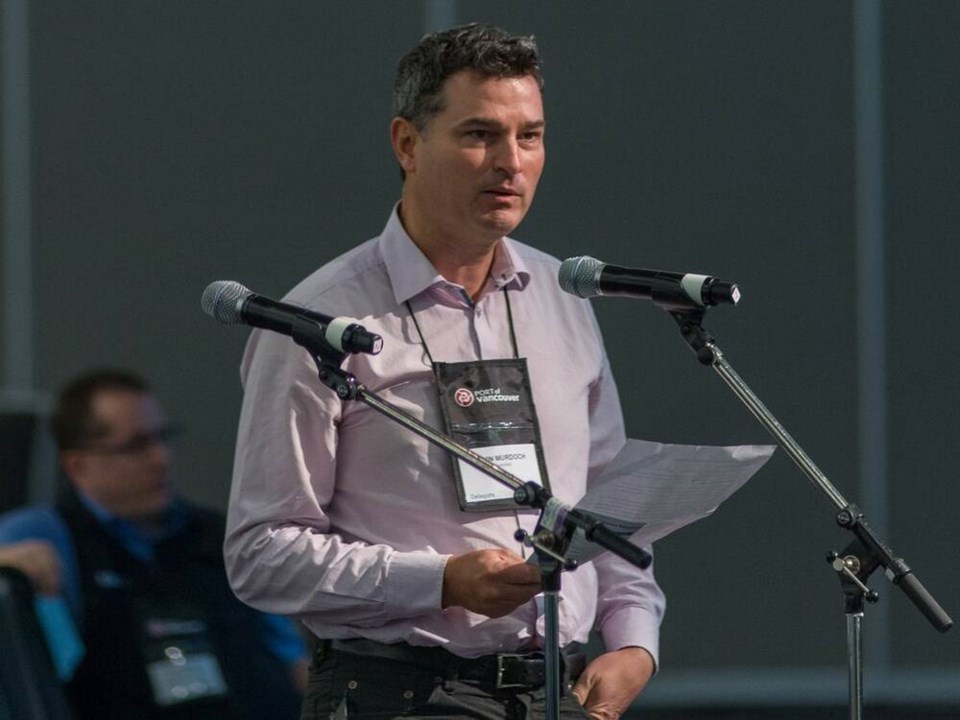Just over six months after the B.C. NDP government announced ambitious targets to force municipalities to greenlight , several municipalities are falling short — but at least one, Victoria, has exceeded those targets.
The 10 communities initially tapped to meet the provincially mandated housing targets are required to update the province on their progress every six months in the first year and annually after that.
Oak Bay, Saanich, Delta and Victoria produced staff reports within the past week that chart their progress. So far, Victoria only municipality exceeding its target.
Oak Bay, the smallest of the first 10 communities on the list, was given a target of 56 net new housing units in the first 664 units by 2028.
However, a staff report shows Oak Bay has added just seven net new housing units in the six-month period since the targets were set on Sept. 30.
Oak Bay Mayor Kevin Murdoch said he’s not convinced his community will be able to reach 664 net new units in the time frame set out by the province.
“Looking at what’s in the pipeline now and knowing the development timelines, it’s hard to have occupancy in the next 4½ years,” he said. “Even if we can get some of these larger projects started, the chances of actually hitting occupancy within that time frame is difficult.”
However, Murdoch stressed the municipality is trying to speed up the approval of secondary suites and laneway houses.
Saanich is also lagging, with 195 net new units completed in the six month window, according to that municipality’s staff report. Saanich’s first-year housing target is 440 net new units and 4,610 net new units over five years.
A staff report from the City of Delta appeared more promising — with 242 occupancy permits issued in the first six months, which would put the city on track to meet its one-year target of 514 new units. However, the numbers turned out to be inflated because staff made clear that the figures did not take into account homes that were demolished — which is required to determine net new homes.
The report noted that rising interest rates and construction costs have caused developers to “put their projects on hold for extended periods of time at all stages, waiting for more favourable market conditions to proceed.”
Delta Coun. Dylan Kruger said the political will is there among his council colleagues to approve the housing needed to address affordability challenges and keep up with record population growth.
A symbol of that, he said, is that in every boardroom and meeting space at Delta City Hall, there’s a thermostat which tops out at 3,607, the five-year housing target for the city.
Every month, the little house symbol slides upward based on the number of new occupancy permits issued.
“It’s motivating,” Kruger said. “It makes [housing] top of mind for every department in our city and it’s certainly a goal. You sit in meetings and as you’re making decisions about planning processes, you’re looking at that thermometer. I think everybody internally says ‘OK, does this help or hurt our ability to make those targets?’ ”
The City of Victoria’s report shows the city has completed 753 net new units in the first six months, exceeding the 659-unit housing target for the first year. This puts the city 15 per cent of the way toward meeting its five-year housing target of 4,902 units.
The province’s Housing Supply Act uses a carrot-and-stick approach to creating more housing.
The carrot for municipalities that meet targets comes in the form of provincial cash for amenities, such as parks, bike lanes and recreation centres.
If communities don’t meet the targets within six months, the province will appoint an independent adviser to help them make progress. If that doesn’t work, the province will wield a bigger stick and overrule the municipality with the power to rezone entire neighbourhoods to create more density.
Last month, the province added 20 more municipalities which must meet housing targets set by the province. They are Central Saanich, Chilliwack, Colwood, Esquimalt, Kelowna, the City of Langley, Maple Ridge, Mission, Nanaimo, New Westminster, North Cowichan, North Saanich, the City of North Vancouver, Port Coquitlam, Prince George, Sidney, Surrey and View Royal.
The first 10 municipalities are Vancouver, Victoria, Kamloops, Abbotsford, Delta, Saanich, the District of North Vancouver, Port Moody, Oak Bay and West Vancouver.
Housing Ministry said in a statement that six-month interim progress reports from each of the first 10 municipalities are expected to be presented at municipal council meetings by mid-May.



